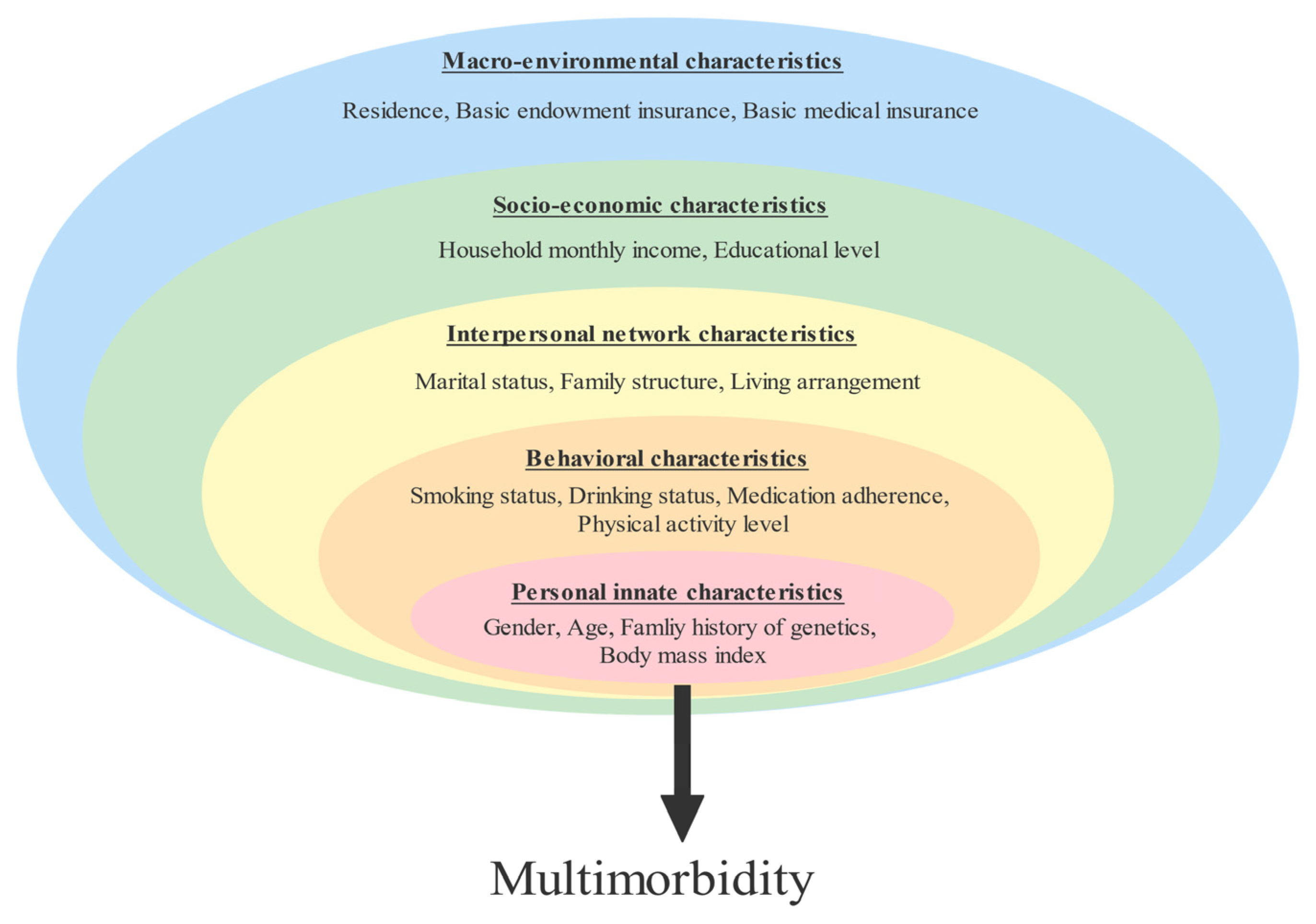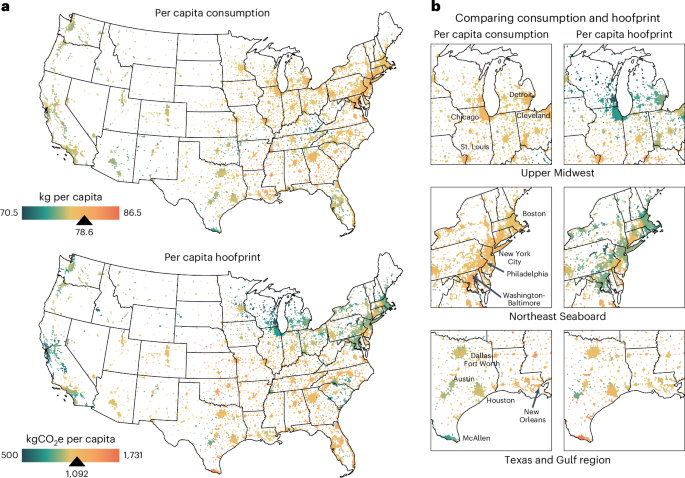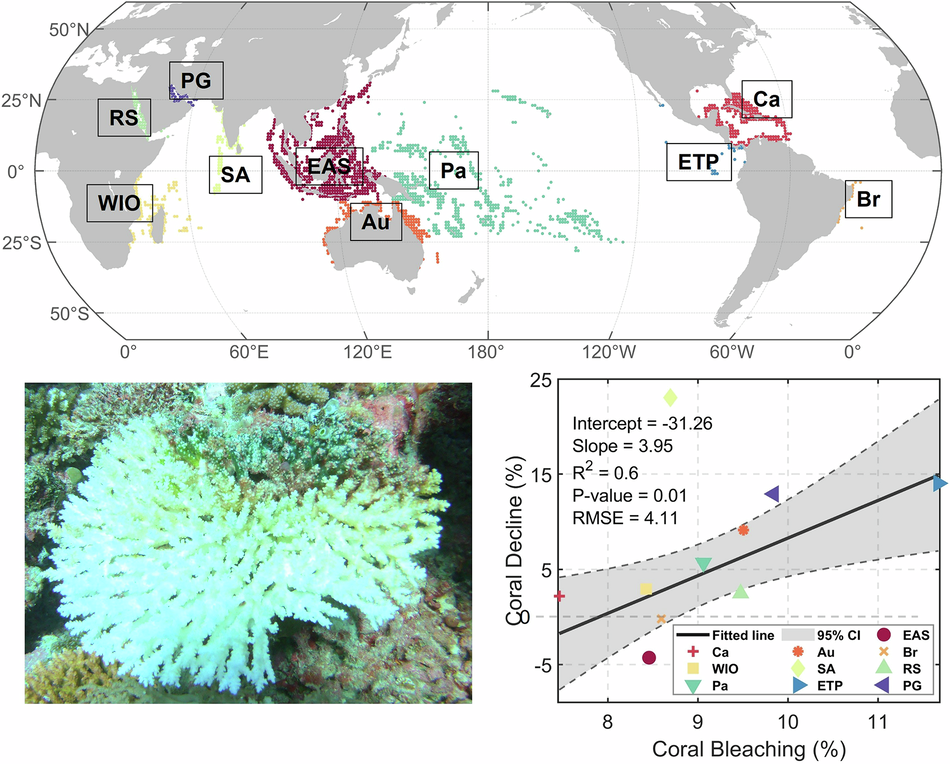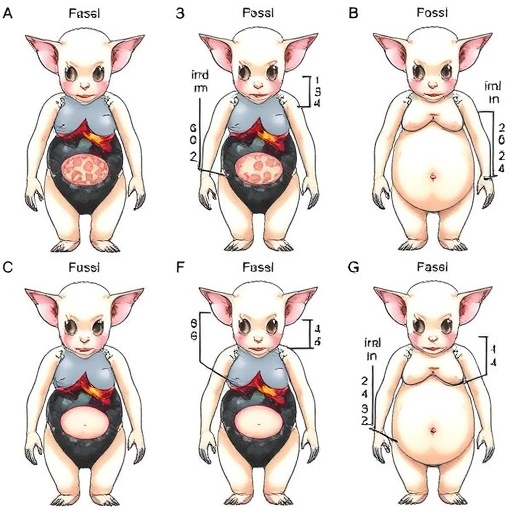Trump’s AI Action Plan Waives Federal Environmental Rules in the Development of Data Centers – Inside Climate News

Report on the United States AI Action Plan and its Implications for Sustainable Development Goals
Executive Summary
A new policy directive from the U.S. administration, titled “America’s AI Action Plan,” aims to accelerate the development of artificial intelligence (AI) through significant deregulation and close collaboration with the technology industry. This report analyzes the plan’s key provisions and evaluates their alignment with the United Nations Sustainable Development Goals (SDGs). The analysis indicates that while the plan may advance aspects of SDG 9 (Industry, Innovation, and Infrastructure), it poses substantial challenges to achieving goals related to environmental protection, social equity, and institutional integrity, including SDG 7, SDG 10, SDG 11, SDG 13, SDG 15, and SDG 16.
Analysis of Policy and Regulatory Changes
The administration’s plan introduces several measures to minimize federal oversight of AI development and its supporting infrastructure, primarily data centers. These actions directly impact several SDGs.
Impact on Environmental and Climate Goals (SDG 7, 13, 15)
The plan’s emphasis on rapid infrastructure growth at the expense of environmental safeguards directly conflicts with climate and environmental sustainability targets.
- SDG 7 (Affordable and Clean Energy) & SDG 13 (Climate Action): The plan facilitates increased reliance on fossil fuels to power energy-intensive data centers. It supports onsite cogeneration, which involves burning fossil fuels, and weakens regulations that would otherwise scrutinize the climate impact of such projects. This runs counter to the goal of increasing the share of renewable energy and taking urgent action to combat climate change.
- SDG 15 (Life on Land) & SDG 6 (Clean Water and Sanitation): The plan includes provisions that threaten terrestrial and aquatic ecosystems.
- It recommends new exclusions for data centers from the National Environmental Policy Act (NEPA), limiting environmental impact assessments.
- It proposes a nationwide Clean Water Act permit that would allow data center construction to proceed without prior public notification regarding impacts on local water systems.
- It suggests making federal lands available for the construction of data centers and associated power plants, potentially harming protected areas.
Implications for Social Equity and Governance (SDG 10, 11, 16)
The socio-economic and governance aspects of the plan raise concerns regarding inequality, community well-being, and institutional accountability.
- SDG 10 (Reduced Inequalities) & SDG 11 (Sustainable Cities and Communities): The rollback of environmental protections is expected to disproportionately affect marginalized communities. The case in South Memphis, where an AI company allegedly operated unpermitted gas turbines near predominantly Black communities already facing environmental injustice, exemplifies the potential for unchecked development to exacerbate inequalities and undermine community health and safety.
- SDG 16 (Peace, Justice, and Strong Institutions): The plan systematically weakens key regulatory institutions and limits public participation. By overhauling NEPA, expediting permits without public consultation, and shortening the statute of limitations for legal challenges, the policy undermines the principles of transparency, accountability, and access to justice that are central to SDG 16.
- Erosion of Guiding Principles: The recommendation to remove references to misinformation, climate change, and diversity, equity, and inclusion (DEI) from AI development guidelines further conflicts with the aims of fostering inclusive societies (SDG 10) and responsible institutions (SDG 16).
Industry Influence and Partnerships (SDG 9 & SDG 17)
The AI Action Plan is a product of strong partnerships between the government and the private sector, particularly the technology industry and lobbying groups like the Data Center Coalition (DCC), whose members include Amazon, Google, and Meta.
Alignment with Industry Recommendations
Many policy recommendations from the DCC were incorporated into the administration’s plan, highlighting a partnership model (related to SDG 17) that prioritizes industry growth over broader sustainability objectives. Key adopted recommendations include:
- Advancing onsite fossil fuel cogeneration for data centers.
- Making federal lands available for development.
- Overhauling the National Environmental Policy Act (NEPA).
- Expediting water permitting processes.
- Drastically reducing the time frame for legal challenges against energy projects.
While these collaborations aim to foster innovation and infrastructure (SDG 9), they demonstrate a partnership approach that sidelines critical environmental and social considerations, thereby undermining the holistic and integrated nature of the 2030 Agenda for Sustainable Development.
Analysis of SDGs, Targets, and Indicators
1. Which SDGs are addressed or connected to the issues highlighted in the article?
-
SDG 3: Good Health and Well-being
- The article connects to this goal by discussing the public health risks associated with unchecked AI infrastructure development. It specifically mentions that gas turbines for data centers “pump out smog-forming pollution and harmful chemicals like formaldehyde,” directly impacting the health of nearby residents.
-
SDG 6: Clean Water and Sanitation
- This goal is relevant because the administration’s plan includes enacting a “nationwide Clean Water Act permit that would allow data centers to be built without notifying the public prior to construction about the impacts to local water systems.” This action directly threatens the management and protection of water resources.
-
SDG 7: Affordable and Clean Energy
- The article addresses this goal by highlighting the massive energy demand of AI and data centers. Instead of promoting clean energy, the plan and industry recommendations support “onsite cogeneration, or burning fossil fuels to primarily power or offset power demand at data centers,” which is a move away from sustainable energy sources.
-
SDG 9: Industry, Innovation, and Infrastructure
- The central theme of the article is the rapid development of AI infrastructure. While the goal promotes sustainable infrastructure, the article critiques the administration’s plan for prioritizing speed (“Build, Baby, Build!”) over sustainability by waiving environmental regulations.
-
SDG 10: Reduced Inequalities
- This goal is central to the article’s discussion of environmental injustice. It highlights that polluting infrastructure is being placed “near predominantly Black communities that are already overburdened with a long history of environmental injustice,” thereby exacerbating existing inequalities.
-
SDG 11: Sustainable Cities and Communities
- The article connects to this goal through the case of South Memphis, an urban area “long plagued by air pollution.” The addition of new pollution sources from data center operations without proper oversight worsens the urban environment and public health, contradicting the aim of making cities more sustainable and safe.
-
SDG 13: Climate Action
- This goal is undermined by the policies described. The article notes that the AI action plan recommends revising guidelines to “remove references to… climate change” and that the increased reliance on fossil fuels for data centers will contribute to climate change.
-
SDG 16: Peace, Justice and Strong Institutions
- The article strongly relates to this goal by detailing the weakening of key institutions and laws. It describes how the plan leaves “very little federal oversight,” weakens the National Environmental Policy Act, and limits “public participation, transparency and accountability,” thereby eroding principles of justice and strong, accountable governance.
-
SDG 17: Partnerships for the Goals
- The article describes a partnership between the government and Big Tech companies (Meta, Amazon, Google, etc.). However, it portrays this partnership as one that prioritizes corporate interests and deregulation over public good and environmental protection, which is contrary to the collaborative and equitable spirit of SDG 17.
2. What specific targets under those SDGs can be identified based on the article’s content?
-
Target 3.9: By 2030, substantially reduce the number of deaths and illnesses from hazardous chemicals and air, water and soil pollution and contamination.
- The article directly relates to this target by describing how gas turbines for AI data centers release “harmful chemicals like formaldehyde” and “smog-forming pollution” in communities like South Memphis, increasing the risk of illness.
-
Target 6.b: Support and strengthen the participation of local communities in improving water and sanitation management.
- The administration’s plan to create a Clean Water Act permit that allows data center construction “without notifying the public” directly contravenes this target by eliminating the participation of local communities in decisions affecting their water systems.
-
Target 7.2: By 2030, increase substantially the share of renewable energy in the global energy mix.
- The article shows a regression from this target. The recommendation from the Data Center Coalition to “advance onsite cogeneration, or burning fossil fuels” to power data centers indicates a move toward fossil fuels, not renewables.
-
Target 9.4: By 2030, upgrade infrastructure and retrofit industries to make them sustainable, with increased resource-use efficiency and greater adoption of clean and environmentally sound technologies and industrial processes.
- The actions described in the article, such as waiving environmental regulations and promoting fossil fuel use for new AI infrastructure, are in direct opposition to making industries more sustainable and adopting clean technologies.
-
Target 10.3: Ensure equal opportunity and reduce inequalities of outcome, including by eliminating discriminatory laws, policies and practices.
- This target is relevant as the article highlights the “environmental injustice” of siting polluting facilities “near predominantly Black communities,” which is a discriminatory practice that leads to unequal health and environmental outcomes.
-
Target 11.6: By 2030, reduce the adverse per capita environmental impact of cities, including by paying special attention to air quality and municipal and other waste management.
- The situation in South Memphis, where residents are “plagued by air pollution” from industrial activities, including new gas turbines for AI, is a direct example of the failure to meet this target.
-
Target 13.2: Integrate climate change measures into national policies, strategies and planning.
- The article explicitly states that the AI action plan recommends that guidelines for AI development “remove references to… climate change,” representing a direct failure to integrate climate considerations into national policy.
-
Target 16.7: Ensure responsive, inclusive, participatory and representative decision-making at all levels.
- This target is undermined by policies that “limit public participation, transparency and accountability.” The article notes that the plan proceeds without consulting “localities and their residents about their concerns,” failing the test of inclusive and participatory decision-making.
3. Are there any indicators mentioned or implied in the article that can be used to measure progress towards the identified targets?
- Air Pollution Levels: The mention of “smog-forming pollution and harmful chemicals like formaldehyde” implies that a direct indicator would be the measured concentration of these pollutants in the air of affected communities like South Memphis. This would measure progress (or lack thereof) towards Target 3.9.
- Status of Environmental Regulations: The article’s focus on the weakening of the “National Environmental Policy Act” and the “Clean Water Act” serves as a qualitative indicator. The status and enforcement strength of these laws are measurable indicators of a country’s commitment to environmental protection and goals like SDG 13 and SDG 16.
- Public Participation Mechanisms: The plan to build data centers “without notifying the public” and the general limiting of “public participation” are clear, negative indicators for Target 6.b and Target 16.7. The existence and use of public consultation processes can be tracked as an indicator.
- Legal Recourse for Citizens: The recommendation to shrink the “statute of limitations deadline for suing permitting agencies about energy projects… from six years to five months” is a specific, measurable indicator of reduced access to justice for communities, relevant to SDG 16.
- Energy Source for Infrastructure: The recommendation for “onsite cogeneration, or burning fossil fuels” provides a clear indicator for Target 7.2. The percentage of energy for new data centers that comes from fossil fuels versus renewables can be measured.
- Inclusion of Sustainability Criteria in Policy: The recommendation to “remove references to misinformation, climate change and diversity, equity and inclusion” from AI development guidelines is a direct, qualitative indicator of policy direction away from sustainable and equitable principles (relevant to SDG 10 and SDG 13).
4. Table of SDGs, Targets, and Indicators
| SDGs | Targets | Indicators Identified in the Article |
|---|---|---|
| SDG 3: Good Health and Well-being | 3.9: Reduce deaths and illnesses from hazardous chemicals and pollution. | Levels of “smog-forming pollution and harmful chemicals like formaldehyde” in the air of affected communities. |
| SDG 6: Clean Water and Sanitation | 6.b: Strengthen the participation of local communities in water management. | Existence (or lack) of public notification and consultation processes before construction impacts local water systems. |
| SDG 7: Affordable and Clean Energy | 7.2: Increase the share of renewable energy. | The promotion and use of “onsite cogeneration, or burning fossil fuels” for data centers instead of renewable sources. |
| SDG 10: Reduced Inequalities | 10.3: Ensure equal opportunity and eliminate discriminatory practices. | The siting of polluting gas turbines “near predominantly Black communities,” indicating environmental injustice. |
| SDG 11: Sustainable Cities and Communities | 11.6: Reduce the adverse per capita environmental impact of cities, especially air quality. | Increased air pollution in urban areas like South Memphis due to new, unchecked industrial operations. |
| SDG 13: Climate Action | 13.2: Integrate climate change measures into national policies. | The official recommendation to “remove references to… climate change” from national AI development guidelines. |
| SDG 16: Peace, Justice and Strong Institutions | 16.7: Ensure responsive, inclusive, and participatory decision-making. | The weakening of the National Environmental Policy Act to “limit public participation, transparency and accountability”; shortening the statute of limitations for lawsuits. |
Source: insideclimatenews.org

What is Your Reaction?
 Like
0
Like
0
 Dislike
0
Dislike
0
 Love
0
Love
0
 Funny
0
Funny
0
 Angry
0
Angry
0
 Sad
0
Sad
0
 Wow
0
Wow
0















































































